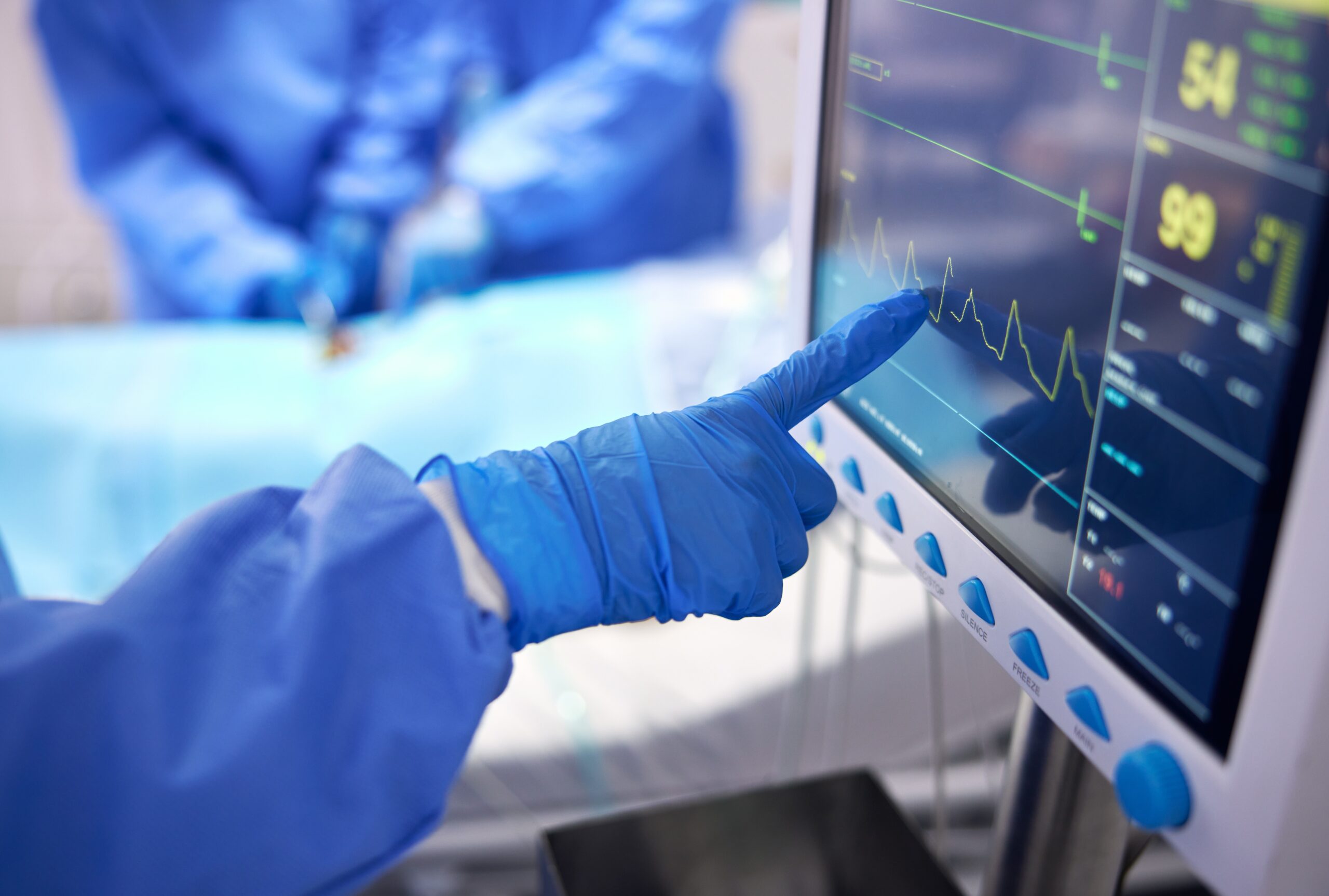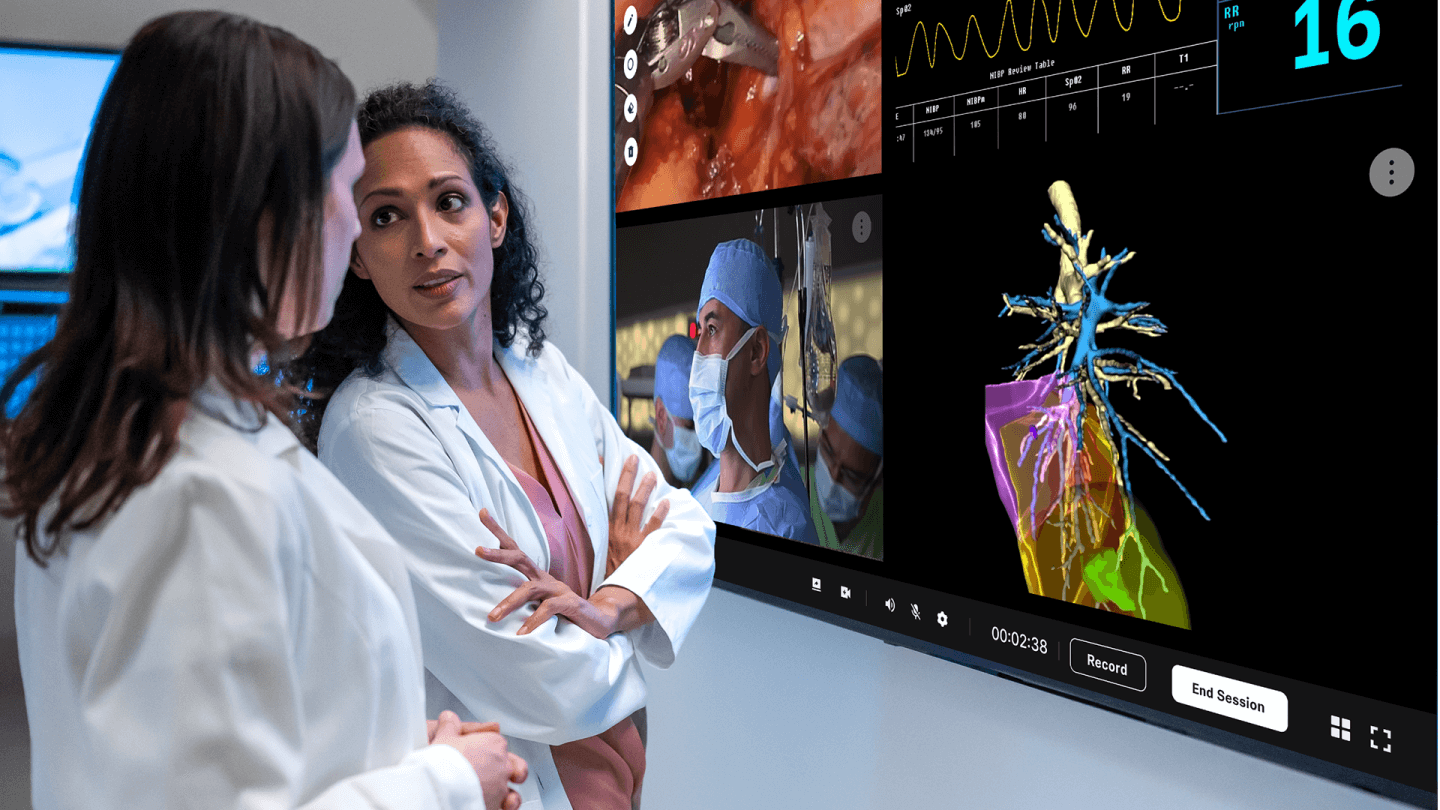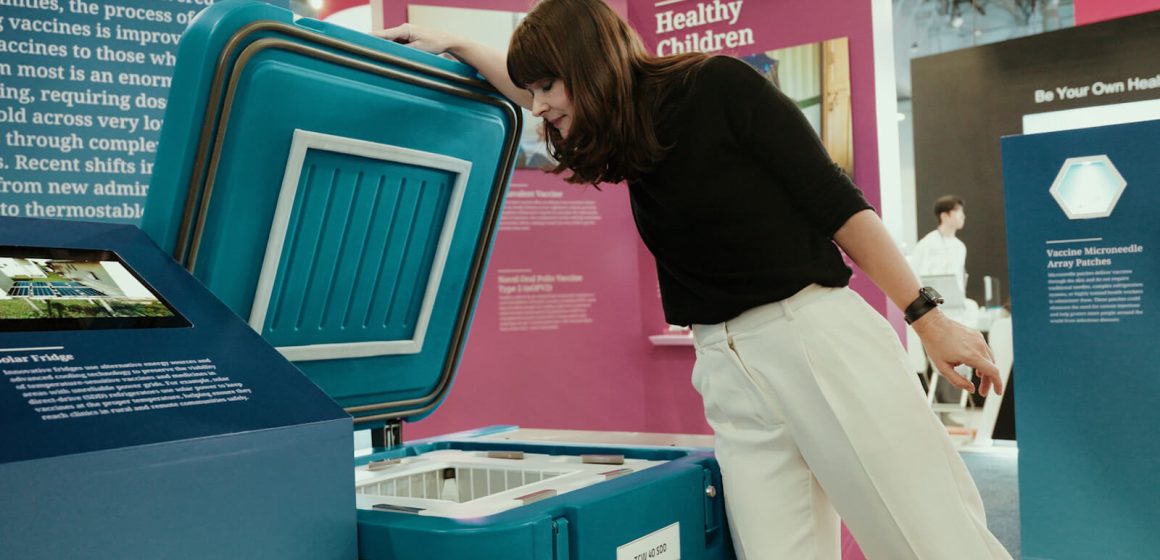Health and medicine have always been at the center of human advancement. From ancient herbal treatments to cutting-edge biotechnology, our understanding of the human body and disease continues to expand in remarkable ways. In the 21st century, medicine is not just about curing illness—it’s about prevention, innovation, and improving quality of life.
As technology, data, and patient awareness grow, the healthcare system is transforming from reactive to proactive. Today, medicine is personalized, connected, and increasingly focused on wellness rather than disease management. This article explores the most significant trends shaping the future of health and medicine, including digital transformation, biotechnology, mental health, and preventive care.
1. The Digital Revolution in Healthcare
Digital technology has revolutionized nearly every industry, and healthcare is no exception. Over the past decade, digital health has evolved from a futuristic idea into an everyday reality. Telemedicine, wearable technology, and AI-powered diagnostics are now integral parts of modern medical care.
Telemedicine allows patients to consult doctors remotely, providing access to care regardless of location. This has been especially valuable in rural areas and during the COVID-19 pandemic, where in-person visits were limited. Patients can now receive prescriptions, therapy, and follow-up care through video calls, making healthcare more accessible and efficient.
Wearable devices such as smartwatches, glucose monitors, and fitness trackers have turned patients into active participants in their own health management. These tools monitor vital signs, detect irregularities, and encourage healthier habits. With real-time data, doctors can identify early warning signs and intervene before conditions worsen.
Artificial intelligence (AI) and machine learning are also transforming diagnostics and treatment planning. AI can analyze medical images, detect patterns in large datasets, and even predict disease progression. For example, AI algorithms now assist radiologists in identifying tumors or heart irregularities with greater precision. This combination of human expertise and machine intelligence is improving accuracy and saving lives.
2. The Rise of Precision and Personalized Medicine
Medicine is becoming increasingly personalized, moving away from a “one-size-fits-all” approach. This shift is largely driven by advances in genetics and biotechnology.
Through genomic sequencing, doctors can analyze an individual’s DNA to understand their unique risk factors, drug sensitivities, and disease predispositions. This allows for customized treatments that target the root cause of illness rather than just the symptoms.
One of the most exciting areas of personalized medicine is oncology. Cancer treatments are now being tailored to the genetic makeup of tumors, improving survival rates and minimizing side effects. Similarly, pharmacogenomics—the study of how genes affect drug response—is helping doctors prescribe the most effective medications for each patient.
The ultimate goal of precision medicine is preventive care. By identifying genetic vulnerabilities early, individuals can make lifestyle adjustments or undergo targeted monitoring to avoid disease altogether.

3. Preventive Health: A Shift Toward Wellness
Modern healthcare is no longer just about treating sickness; it’s about maintaining health. Preventive medicine has become a central focus for both governments and medical institutions.
Chronic diseases such as diabetes, heart disease, and obesity are among the leading causes of death worldwide, yet many are preventable. Lifestyle factors—poor diet, lack of exercise, and stress—are major contributors. Preventive medicine emphasizes education, early detection, and behavior change to reduce these risks.
Public health initiatives promoting vaccination, nutrition awareness, and regular screenings have proven highly effective in extending life expectancy. Moreover, wearable health tech and mobile apps now enable individuals to monitor their habits, set fitness goals, and track progress—empowering them to take control of their own wellness.
Preventive care also reduces healthcare costs significantly. By addressing issues before they become critical, societies can allocate resources more efficiently and create healthier populations.
4. Mental Health: The Hidden Dimension of Medicine
For much of history, mental health was neglected or stigmatized. Today, it’s recognized as an essential component of overall well-being. The medical community increasingly understands that mental and physical health are deeply interconnected—and one cannot thrive without the other.
Stress, anxiety, and depression not only impact quality of life but can also trigger or worsen physical conditions such as heart disease, digestive issues, and weakened immunity. As a result, healthcare providers are integrating psychological support into mainstream medicine.
The rise of teletherapy and digital mental health platforms has made care more accessible. Apps offering guided meditation, mood tracking, and online counseling have empowered millions to seek help privately and conveniently.
Moreover, workplaces are adopting mental wellness programs to combat burnout, while schools are introducing mindfulness practices to support emotional development. These efforts mark a cultural shift toward treating mental health as equal to physical health—a vital step toward holistic medicine.
5. Biotechnology and the Future of Treatment
Few fields are as exciting or impactful as biotechnology. Scientists are now developing revolutionary therapies that could redefine the limits of medicine.
Gene editing technologies like CRISPR allow researchers to correct faulty DNA sequences that cause genetic diseases. Conditions once considered untreatable—such as cystic fibrosis, muscular dystrophy, or certain cancers—may one day be cured at their genetic source.
Similarly, regenerative medicine using stem cells is opening new possibilities for repairing damaged organs, tissues, and nerves. Scientists have already grown miniature organs in laboratories and successfully used stem cells to restore vision and treat spinal injuries.
Another promising frontier is nanomedicine—the use of microscopic particles to deliver drugs directly to diseased cells. This precision reduces side effects and enhances treatment effectiveness, especially in cancer therapy.
These breakthroughs promise to not only extend life but also improve its quality, giving patients better outcomes and fewer complications.
6. Global Health and Collaboration
The COVID-19 pandemic exposed both the vulnerabilities and strengths of global healthcare systems. It demonstrated the importance of international collaboration, rapid innovation, and equitable access to care.
Vaccines, developed in record time through global cooperation, saved millions of lives. However, unequal distribution highlighted the persistent disparities between wealthy and developing nations. Moving forward, organizations like the World Health Organization (WHO) are emphasizing the need for universal healthcare access and stronger international health networks.
Additionally, global health priorities are shifting toward combating antimicrobial resistance, improving sanitation, and preparing for future pandemics. Collaborative research, data sharing, and innovation will continue to be crucial in these efforts.
7. Sustainability in Medicine
As climate change and environmental degradation affect global health, the medical industry is also turning toward sustainability. Hospitals and pharmaceutical companies are reducing waste, cutting emissions, and designing eco-friendly facilities.
Sustainable healthcare not only protects the planet but also benefits human health. Cleaner air, water, and environments directly reduce disease rates. Meanwhile, digital records and telehealth are reducing paper use and travel-related pollution.
Healthcare systems of the future will need to balance patient care with planetary health—an increasingly vital part of global well-being.
8. The Human Touch in a High-Tech World
While technology continues to advance, medicine must not lose its most essential element: humanity. Compassion, empathy, and trust remain the foundation of healing.
Doctors and nurses who connect with patients on a personal level foster better communication and cooperation, leading to improved outcomes. Emotional intelligence is now being taught in medical schools alongside technical knowledge, ensuring that healthcare remains deeply human-centered.
The most successful future of medicine will be one that blends innovation with empathy—where machines assist, but people heal.

Conclusion: Building a Healthier Tomorrow
The future of health and medicine is filled with promise. With advancements in technology, genetics, and preventive care, we are closer than ever to a world where healthcare is personalized, accessible, and sustainable.
But innovation alone isn’t enough. True progress requires compassion, collaboration, and a holistic understanding of health—one that values the mind, body, and environment alike.
As we move forward, the goal of medicine will not only be to extend life but to enhance its quality. Through prevention, innovation, and empathy, humanity is shaping a future where wellness is not a privilege—but a universal right.


Leave a Reply